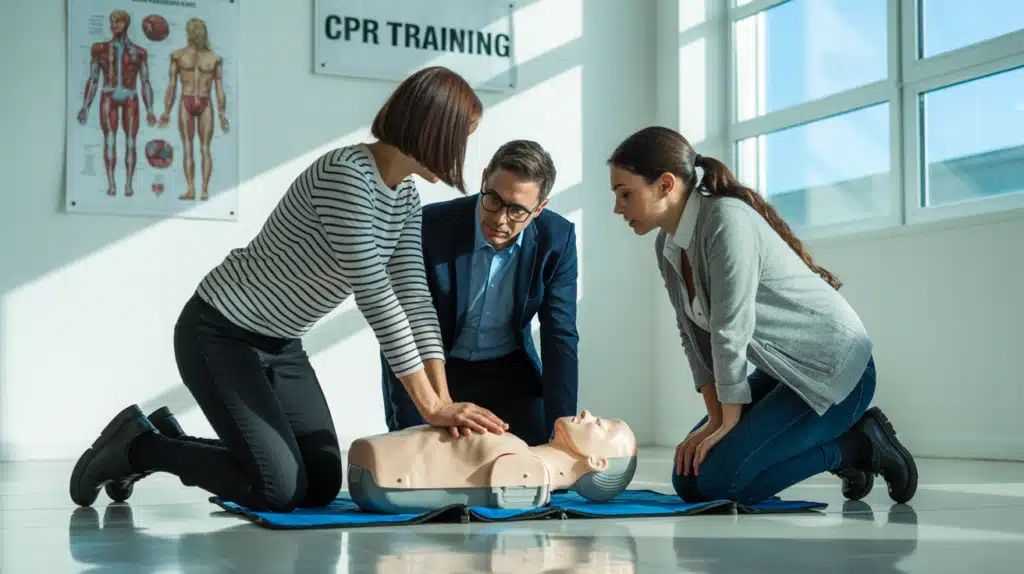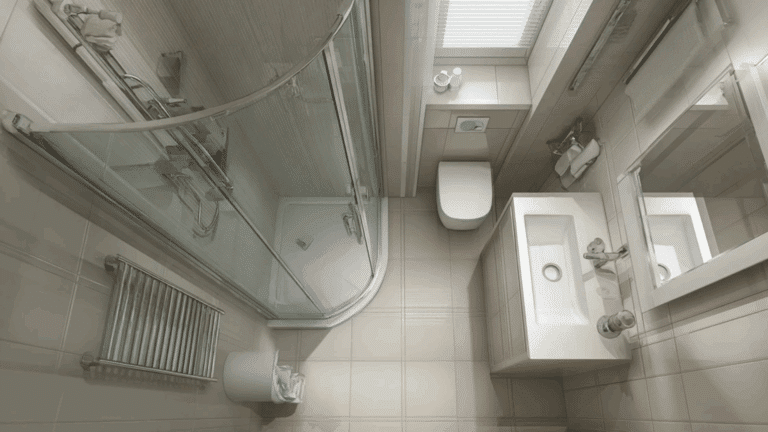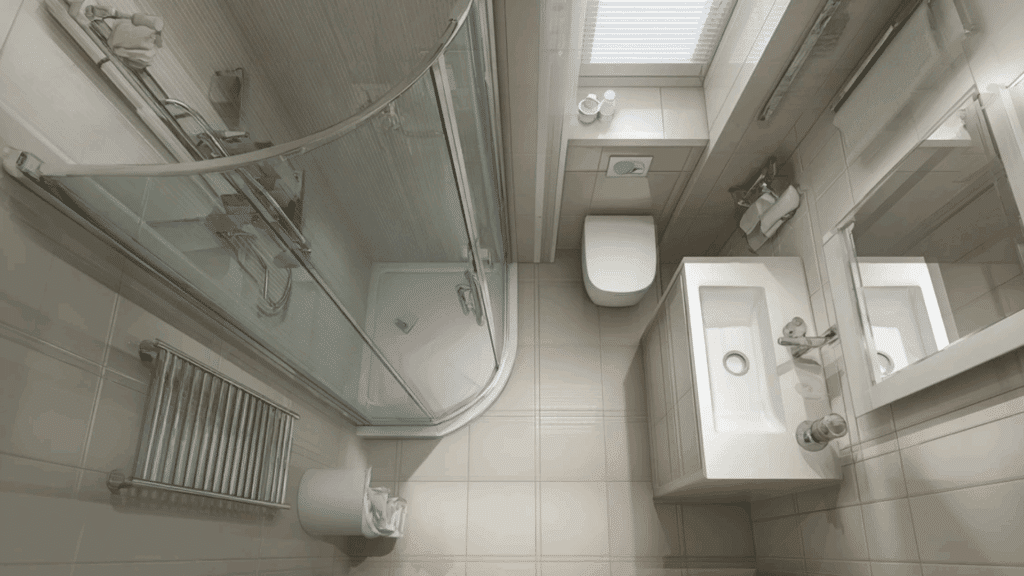When you hear about CPR or cardiopulmonary resuscitation, it generally refers to a life-saving technique used in emergencies like cardiac arrest. Each year, about 805,000 people in the U.S. have a heart attack, with 605,000 being first-time attacks, while 200,000 being repeat events, according to the CDC.
There are different levels of CPR training depending on who you are and where you work. Two such CPR trainings are Basic CPR and Online CPR for Healthcare Providers. Both aim to save lives, but they cater to different audiences and situations.
Basic CPR is designed for the general public and covers the essential skills anyone might need to help save a life. Healthcare provider CPR, on the other hand, is more advanced and tailored for medical professionals who frequently face critical situations. For more details, scroll down and explore the difference between basic CPR and an online CPR healthcare provider course.
What is Basic CPR?
Basic CPR (Cardiopulmonary Resuscitation) is an emergency lifesaving procedure performed by laypersons or first responders to maintain blood circulation and oxygen flow when the heart stops beating. It primarily involves chest compressions, ventilations, and use of an AED (Automated External Defibrillator) and, if trained, rescue breaths to keep vital organs alive until professional help arrives. The American Heart Association recommends starting with chest compressions (“push hard and fast”) followed by opening the airway and giving rescue breaths if trained.
Basic CPR courses emphasize simplicity and are often available both in-person and online. They provide foundational knowledge, ensuring that bystanders can act confidently during emergencies. The duration for basic CPR is typically a few hours, focusing on essential life-saving techniques. Ideal for teachers, coaches, parents, and anyone without a medical background.
What is an Online CPR Healthcare Provider?
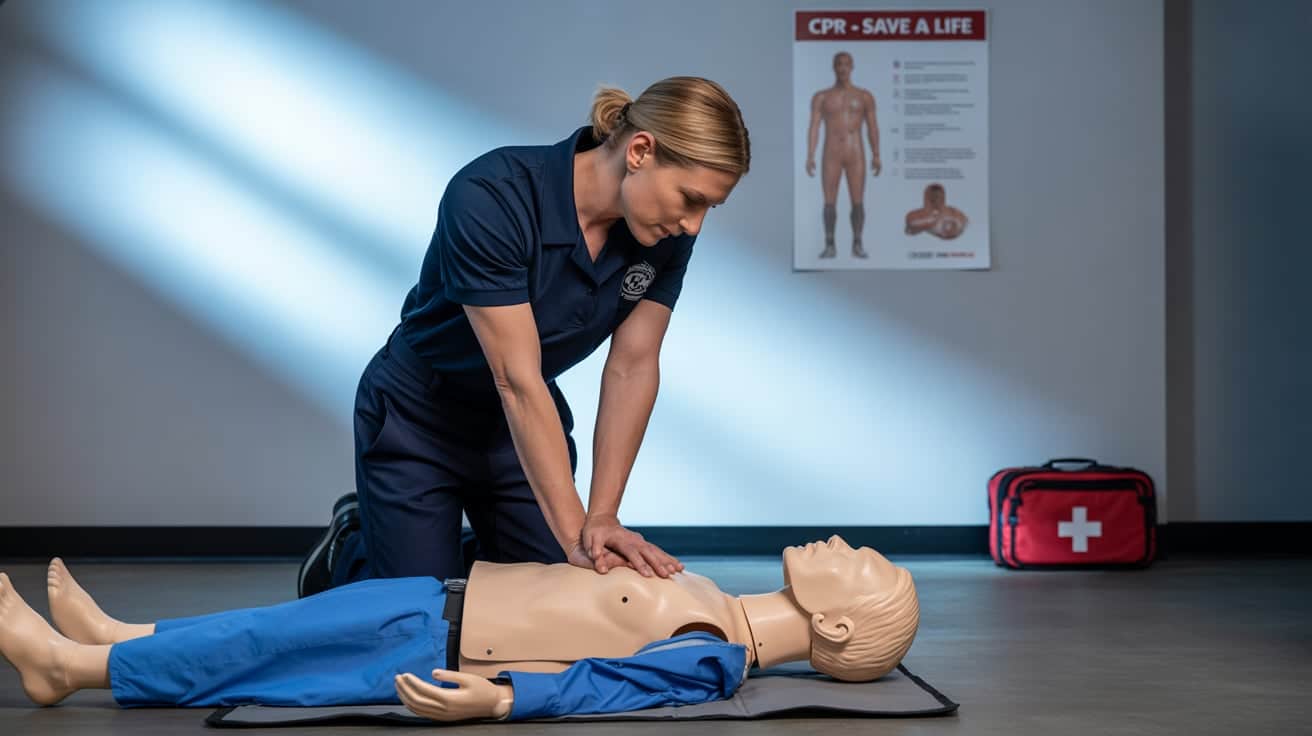
An Online CPR Healthcare Provider course offers flexible, self-paced training for healthcare professionals to learn CPR techniques, AED use, and emergency response protocols through interactive videos, modules, and quizzes. This course covers the same core content as traditional in-person CPR training, but allows learners to study at any time, anywhere. Online courses often include instant grading and digital certification upon passing. While practical skill practice is limited online, many programs combine virtual learning with optional in-person skill assessments to meet certification requirements.
These courses often include modules on the latest guidelines and protocols. The duration for this course is usually between 4-6 hours or more, and its certificate is recognized by medical institutions and is valid for two years. These courses are ideal for busy healthcare workers seeking convenient, up-to-date CPR certification recognized by medical institutions.
Key Differences Between Basic CPR and Online CPR Healthcare Provider Course
While both courses aim to prepare individuals for cardiac emergencies, their depth and scope differ. Here is a comprehensive table outlining the key differences between Basic CPR and Online CPR healthcare provider courses (often part of BLS training):
|
Feature |
Basic CPR (Healthcare Provider) |
Online CPR (Healthcare Provider) |
|
Overview |
Instructor-led, hands-on training focusing on CPR techniques, AED use, and emergency response for healthcare providers. |
Self-paced, virtual training offering CPR knowledge and certification through online modules, quizzes, and videos. |
|
Learning Environment |
Classroom-based with real-time instructor guidance and hands-only CPR practice using manikins and AED trainers. |
Fully online, accessible anytime and anywhere with internet; no in-person practice or instructor interaction. |
|
Techniques Taught |
Hands-only or conventional CPR (30:2 for adults; 15:2 for infants/children with two rescuers). Focus on chest compressions for untrained rescuers. |
Conventional CPR (30:2 ratio) plus bag-valve-mask ventilation and advanced airway management techniques. |
|
Skill Practice |
Includes live practice sessions with immediate feedback on compressions, ventilations, and AED use. |
Limited to video demonstrations and simulations; no hands-on skill assessment or instructor feedback during training. |
|
Flexibility |
Fixed schedule with set class times; requires travel to the training location. |
Highly flexible; learn at your own pace without scheduling constraints or travel. |
|
Assessment |
Practical skills test and written exam conducted in person to ensure competency. |
Online quizzes and exams, practical skills are often not assessed or require a separate in-person session for certification. |
|
Certification Issuance |
Certification card is typically issued immediately after the successful completion of an in-person course and skills test. |
Digital certificate issued after passing online tests; physical card may require additional steps or in-person validation. |
|
Cost |
Generally higher due to instructor fees, facility use, and materials. |
Usually more affordable, with savings on travel, childcare, and facility costs. |
|
Duration |
Typically, a few hours to a full day, scheduled at fixed times. |
Can be completed in a few hours at the learner’s own pace. |
|
Interaction |
Direct interaction with instructors and peers, allowing questions and group learning. |
Limited or no live interaction; learning is mostly self-directed and independent. |
|
Suitability |
Ideal for healthcare professionals needing hands-on skill validation and employer-mandated certification. |
Suitable for those needing flexible, quick certification or refresher knowledge without immediate hands-on practice. |
|
Acceptance |
Widely accepted by hospitals, employers, and regulatory bodies due to hands-on skill verification. |
Accepted by many organizations, but some employers or regulatory agencies may require in-person skills testing. |
Enrolling in an Online CPR healthcare provider course is a strategic move for those in the medical field. It not only fulfills certification requirements but also enhances your competence and confidence in emergency situations.
Why are Online CPR Healthcare Provider Courses Essential?
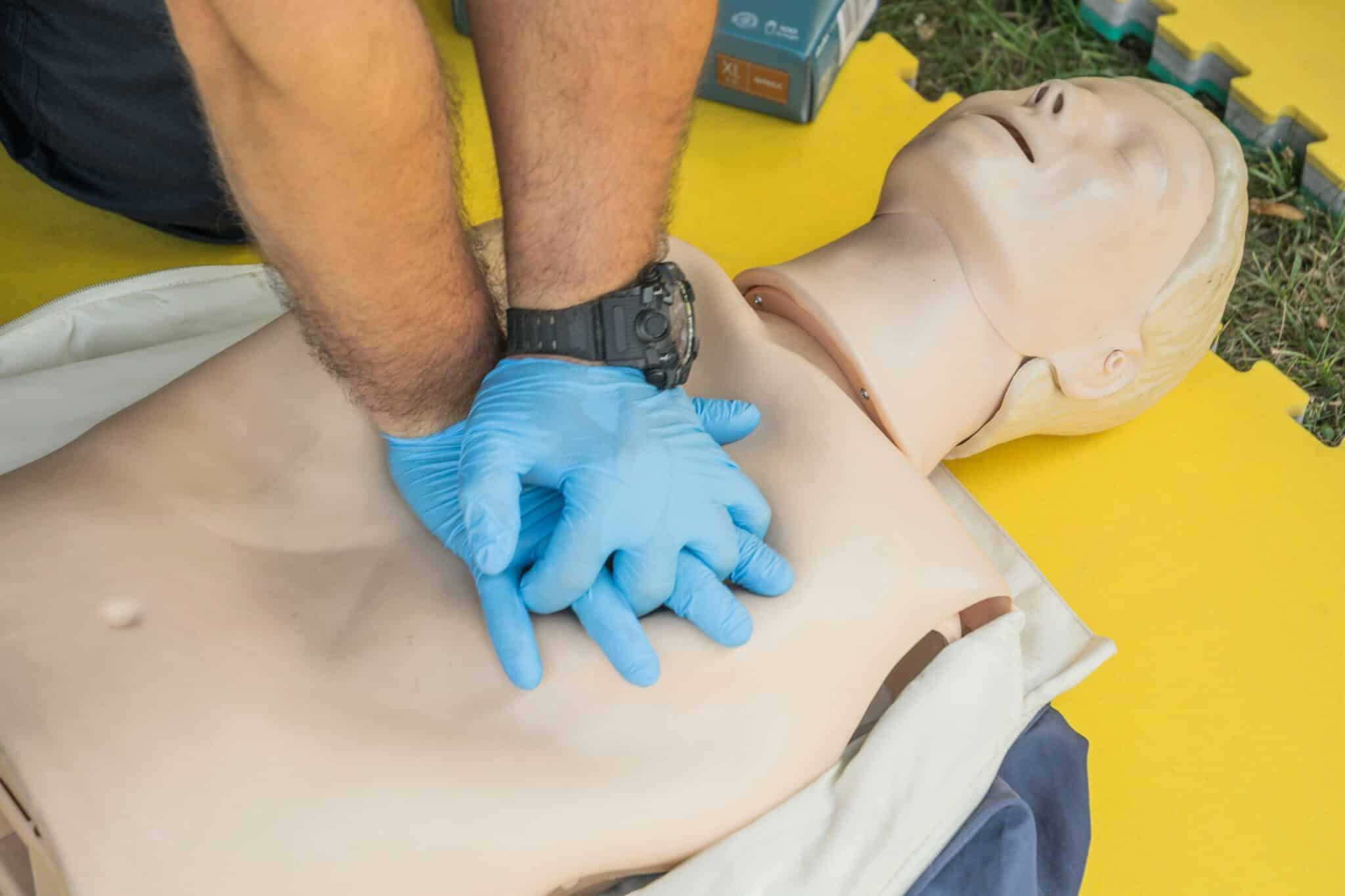
Online CPR courses for healthcare providers offer a flexible and effective way to learn lifesaving skills. These courses combine convenience with quality training, helping you get certified quickly while balancing your busy schedule. Here are its key benefits:
- Flexible Learning Schedule: A systematic review found that online CPR training offers greater flexibility and accessibility, allowing learners to study anytime, which improves participation and completion rates. It’s ideal for healthcare workers with unpredictable schedules who need to fit training around work and personal life.
- Cost-Effective Training: Online CPR courses usually cost less than in-person classes. You save money on travel, childcare, and course fees. Many platforms also offer discounts or promotions, making certification affordable without sacrificing quality.
- Interactive and Engaging Content: The American Heart Association’s eLearning platform integrates multimedia and interactive modules, enhancing understanding of CPR techniques compared to traditional lectures. These courses use videos, animations, and simulations to teach CPR techniques clearly. You can pause, rewind, and replay lessons as needed, which helps you understand complex procedures.
- Instant Feedback and Multiple Attempts: Online platforms often provide quizzes with instant grading. You can retake tests until you pass, reinforcing your knowledge and skills. American Heart Association’s research on feedback devices shows that immediate feedback during CPR training improves skill retention and confidence by allowing learners to correct mistakes instantly. This approach reduces stress and boosts confidence as you prepare for real emergencies.
- Time-Saving and Convenient: Completing an online CPR course often takes just a few hours, saving you days compared to traditional classes. You avoid commuting and waiting, allowing you to get certified faster and return to your job or duties promptly.
- Updated and Accredited Certification: Reputable online CPR courses follow the latest American Heart Association guidelines. Certifications earned online are nationally recognized and accepted by employers and licensing boards, ensuring your credentials meet professional standards.
Basic CPR vs Online CPR Healthcare Provider Course: Which is Right for You?
Choosing the right course depends on one’s role and responsibilities. For medical professionals, an Online CPR healthcare provider course offers comprehensive, up-to-date instruction and flexible learning tailored to handle complex emergencies. This course not only meets certification requirements but also boosts your confidence and skills when seconds count.
If you’re a non-medical individual, Basic CPR provides essential life-saving techniques suitable for everyday situations. However, healthcare workers must pursue Healthcare Provider CPR or BLS training to be fully prepared for clinical emergencies.


